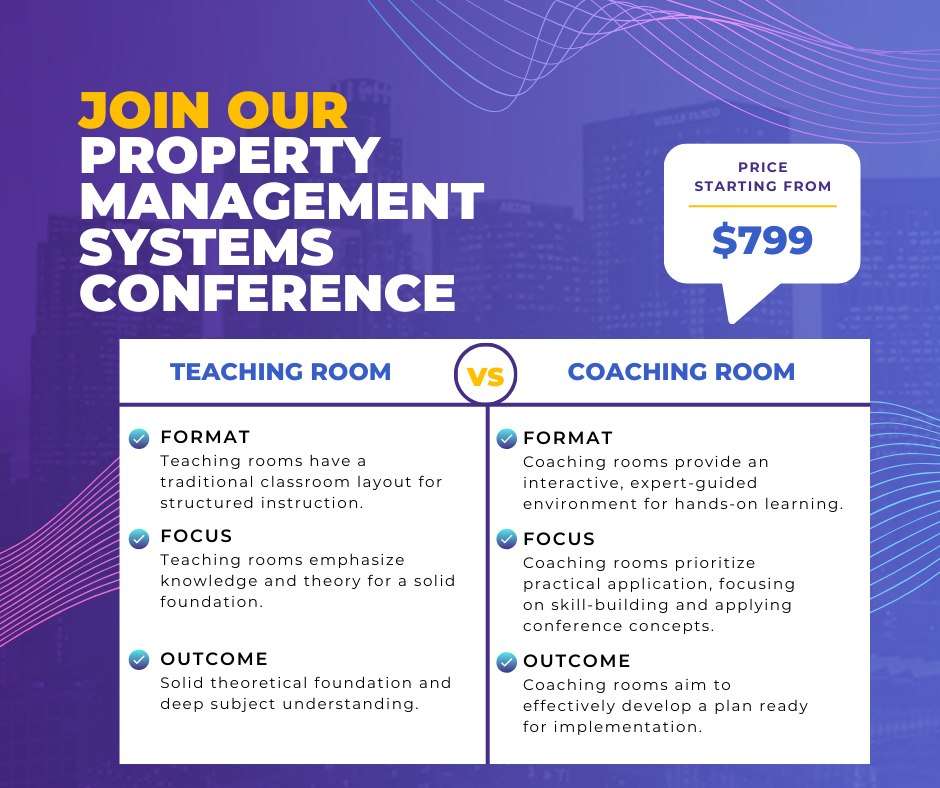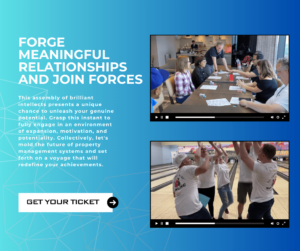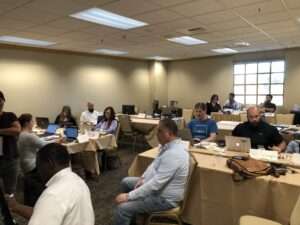When it comes to acquiring new skills or honing existing ones, two approaches stand out: coaching and teaching. While they share the common goal of facilitating learning, they do so in distinct ways. In this blog, we’ll delve into the nuances of coaching and teaching, exploring how each method contributes to personal and professional development.
The Coaching Paradigm
Coaching is a personalized, one-on-one approach to learning and development. It focuses on drawing out the individual’s potential, rather than imparting knowledge directly. A coach acts as a facilitator, guiding the learner through a process of self-discovery, problem-solving, and skill-building.Empowering Through Questioning
Coaches ask probing questions that prompt introspection and critical thinking. This approach encourages learners to find their own solutions, fostering a sense of ownership over their progress.Goal-Centered
Coaching is often goal-oriented, with specific objectives in mind. Coaches work closely with individuals to set realistic and achievable milestones, providing support and accountability along the way.Feedback-Driven
Constructive feedback is a cornerstone of coaching. Coaches offer tailored input and observations, helping learners refine their skills and make continuous improvements.Building Confidence
Through the coaching process, individuals gain confidence in their abilities. They learn to trust their judgment and decision-making skills, ultimately becoming more self-reliant.The Teaching Approach
Teaching, on the other hand, is a more structured and instructional method of imparting knowledge. It involves a knowledgeable instructor presenting information, demonstrating techniques, and guiding learners through established curriculum or content.Content Delivery
Teaching, on the other hand, is a more structured and instructional method of imparting knowledge. It involves a knowledgeable instructor presenting information, demonstrating techniques, and guiding learners through established curriculum or content.Instructor-Centered
Instructors take a more direct role in guiding the learning process. They provide guidance, explanations, and demonstrations to facilitate understanding.Assessment and Evaluation
Assessment in teaching often involves tests, quizzes, and assignments to measure comprehension and retention of the material. Instructors use these assessments to gauge progress.Establishing Foundations
Teaching aims to provide a strong foundation of knowledge and skills. It forms the basis upon which learners can build further expertise in a particular field.Blending Coaching and Teaching
While coaching and teaching have distinct methodologies, they are not mutually exclusive. In fact, a blend of both approaches can be highly effective. This hybrid model acknowledges that learners benefit from both structured instruction and personalized guidance.Customized Learning Plans
Tailoring learning experiences to individual needs combines the benefits of coaching with the foundational knowledge provided by teaching.Interactive Feedback Loops
Creating a feedback-rich environment fosters continuous improvement. Learners benefit from the specific guidance of coaches as well as the expert insights of instructors.In the realm of learning and development, both coaching and teaching play pivotal roles. Understanding the unique strengths of each approach allows us to create more effective learning experiences. By recognizing when to employ coaching for self-discovery and problem-solving, and when to utilize teaching for foundational knowledge, we can unlock the full potential of individuals on their journey of growth and skill-building.



